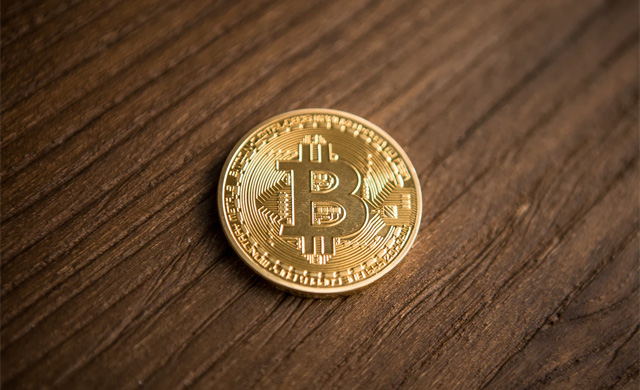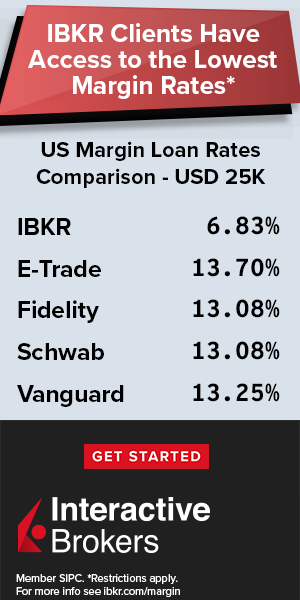Although the history of virtual currencies is short, a wide variety of virtual currencies have been created, and there are thousands of them. Among them, Bitcoin is the originator of virtual Currency and boasts the largest market capitalization.

Birth of Bitcoin
The birth of Bitcoin is said to be October 31, 2008. Based on a paper published on the Internet by an anonymous person, Satoshi Nakamoto, volunteer engineers gathered to start development.
The identity of the Satoshi Naka moto is still unknown. It’s a Japanese name, but I don’t know if I’m Japanese or not. Craig Wright, who leads the Bitcoin SV, calls himself Naka moto Satoshi, but the general view is that this is false.
First Bitcoin transaction
Bitcoin had its first real-world value. A Florida programmer posted it on the Bitcoin developer’s forum, saying he wants to order pizza with Bitcoin. There is a pizza shop that responds to the post, and the transaction is completed with two pizzas = 10,000 BTC. This is when Bitcoin, which was just data, was valuable for the first time when it could be exchanged for a real thing.
Government reaction to Bitcoin
Bitcoin is characterized by having a decentralized mechanism. Fiat currencies managed by specific governments and institutions operate under a centralized mechanism. Bitcoin was created as an antithesis to such a mechanism.
Because of this philosophy, the negative trend of Bitcoin continues worldwide. Governments and central banks are basically in a negative position because they may pose a threat to the fiat currency economy. President Trump may have concluded that Bitcoin was a fraud on his Twitter.
The position of the Chinese government is clearer. China is communist and needs to control the domestic economy uniformly. Thus, they fear that decentralized Bitcoin, which cannot be controlled by the government, will spread and become out of control.
Bitcoin half-life
In addition to the above, the half-life is important in understanding the history of Bitcoin. The half-life is the timing when the mining reward of virtual Currency such as Bitcoin is halved. The amount of virtual Currency issued, and for Bitcoin, the upper limit is 21 million BTC. Towards this issue limit, we will halve the mining reward when 210,000 blocks are generated. The initial mining reward was 50 BTC, but the half-life was 25 BTC, and half-life of 2016 was 12.5 BTC.
Half-life and rarity of Bitcoin
If the mining reward is halved, the amount of new distribution in the market will also decrease. If Bitcoin becomes popular and demand increases while supply is limited, Bitcoin prices will rise.
Note that Bitcoin Cash described below also has a half-life. The timing of the total amount issued and the half-life is the same as that of Bitcoin, but since the block generation speed is different, the half-life pace is somewhat different. For this reason, the next half-life for Bitcoin Cash is scheduled slightly earlier than Bitcoin.
Bitcoin hard fork
Hard Currency is often used in virtual currencies. This is because the branching of the blockchain creates a new virtual currency. The hard fork will be done as the specifications change.
Mostly, it is done to solve the problem of security and scalability block capacity. Still, when there is a conflict of opinions within the virtual currency community when the specifications change due to problem resolution or update, new specifications with different specifications Currency is born. Bitcoin hard forks have created more than 70 virtual currencies to date. The bitcoin system website is one of the secure and trusted bitcoin trader websites.
Bitcoin cash
The most famous bitcoin hard fork is Bitcoin Cash. This hard fork took place on August 1, 2017.
The basic mechanism of Bitcoin Cash is the same as Bitcoin. However, Bitcoin at that time had a problem of delay in remittance, so Bitcoin Cash was born to increase the block size from 1MB to 8MB to solve this problem.
Bitcoin cash also goes to hard fork
Furthermore, in November, there was a hard fork in Bitcoin Cash. Due to technical conflicts within the Bitcoin Cash community, it has split into two currencies: Bitcoin ABC and Bitcoin SV.


 Hot Features
Hot Features











